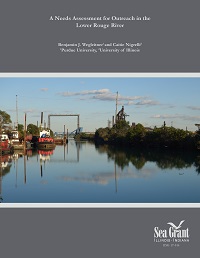
File Size: 1.33 MB
Year: 2017
This report discusses stakeholder perceptions of the Lower Rouge River in the Rouge River Area of Concern (AOC) and attitudes toward a cleanup being performed under the Great Lakes Legacy Act.

This report discusses stakeholder perceptions of the Lower Rouge River in the Rouge River Area of Concern (AOC) and attitudes toward a cleanup being performed under the Great Lakes Legacy Act.
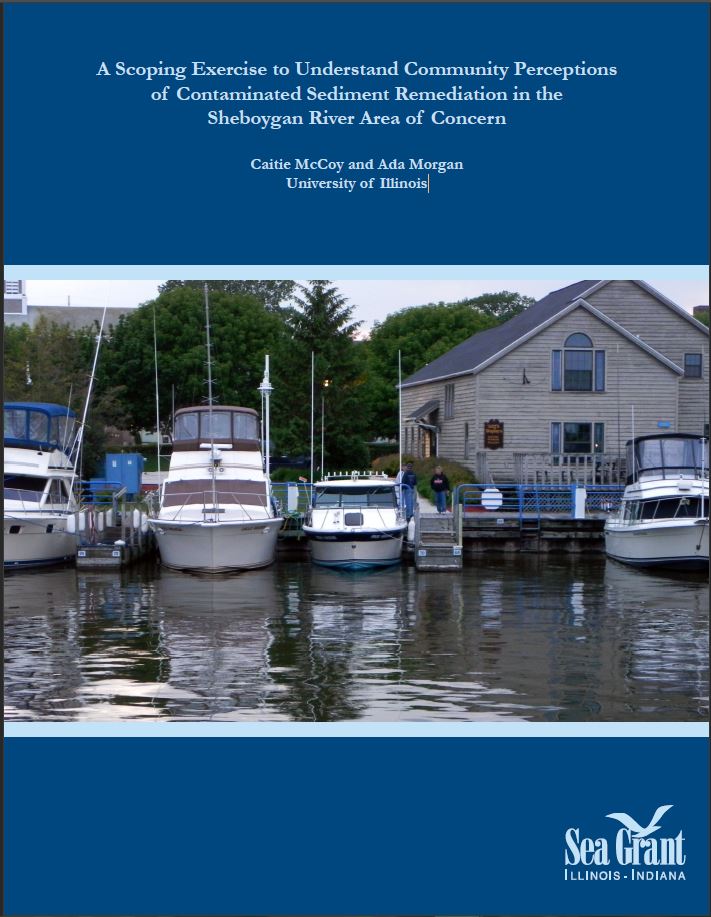
This report serves as a scoping exercise to document a qualitative analysis of community members’ views on sediment remediation in an Area of Concern (AOC). Currently, few studies of qualitative analyses on remediation projects in AOCs exist. A qualitative analysis highlights and provides an in-depth, detailed picture of how a cleanup is perceived by those who are most affected by it. This qualitative study was conducted in the Sheboygan River AOC in Wisconsin. Data were collected in interview sessions with eleven community members representing different stakeholder groups and analyzed using a coding scheme derived from interview transcriptions. The analysis revealed five key findings: 1) The Sheboygan River was viewed as an asset but has a negative stigma, 2) Depth was the primary concern of the interviewees regarding Sheboygan River, 3) Interviewees believed remediation will result in economic revitalization, 4) The interviewees were mixed in their regard to fish advisories and as to how the remediation will impact fish populations, and 5) Quality of life and aesthetic value were also viewed as potential improvements resulting from the remediation, but the connections were weakly or indirectly made. The findings provided recommendations for gaining support for a cleanup from local stakeholders. Furthermore, the findings encouraged better education to the public on the relationship between the cleanup and fish health. Lastly, suggestions were made for future study design and implementation.
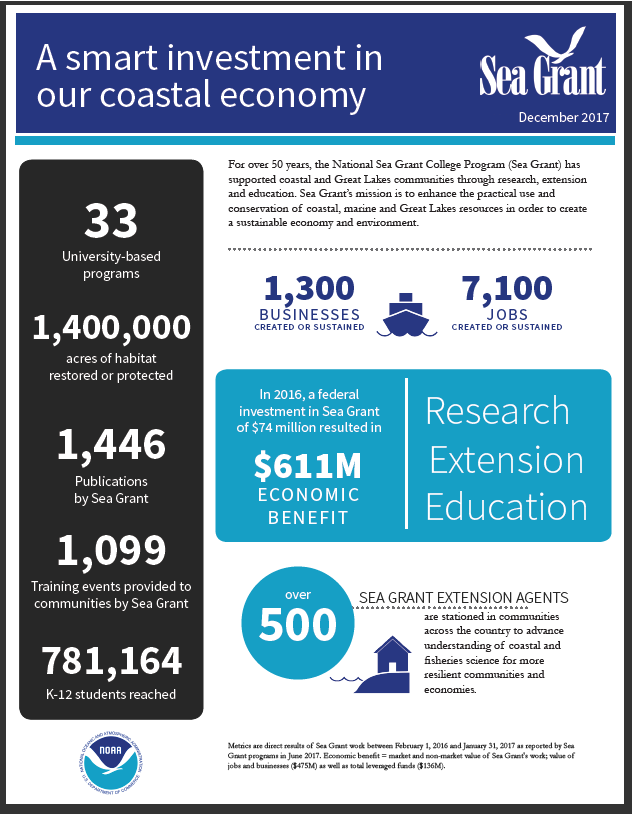
Handout overview of the impact of Sea Grant programs
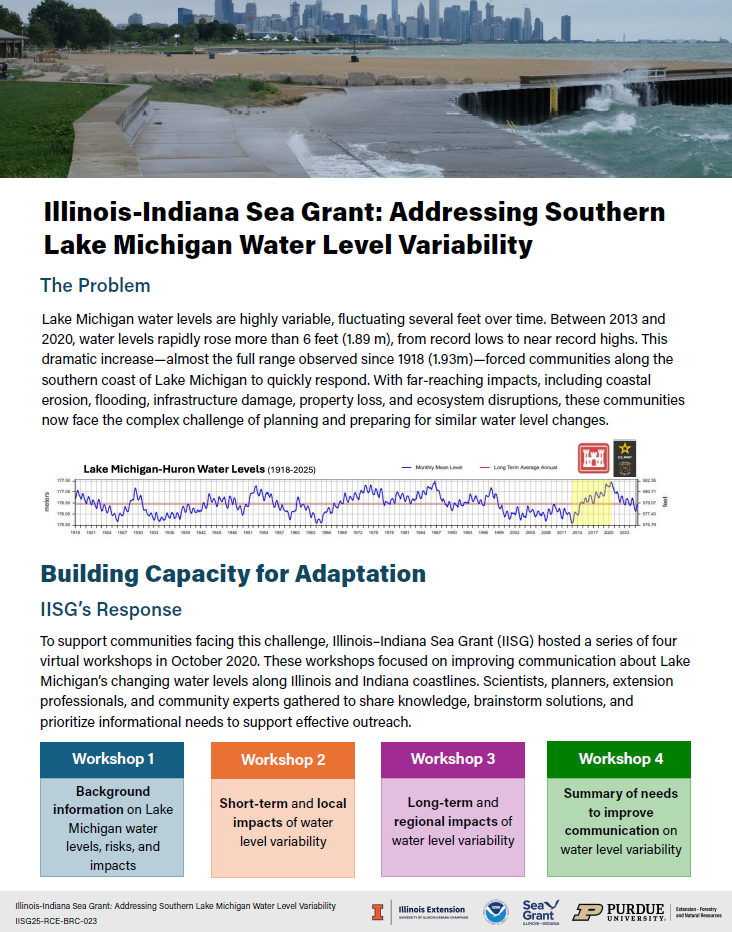
Water level variability in Lake Michigan, such as the rapid 6 ft rise between record lows in 2013 to near highs in 2020, had substantial impacts along the southern Lake Michigan coast, forcing communities to quickly respond and plan for future changes. To help address this challenge, Illinois-Indiana Sea Grant (IISG) hosted a series of four virtual workshops in October 2020, focused on improving communication about water level variability along the Lake Michigan coast of Illinois and Indiana. This factsheet summarizes the need, goals, and outcomes of the workshop series, and highlights key resources developed by IISG to address prioritized datasets and outreach products identified in the workshops.
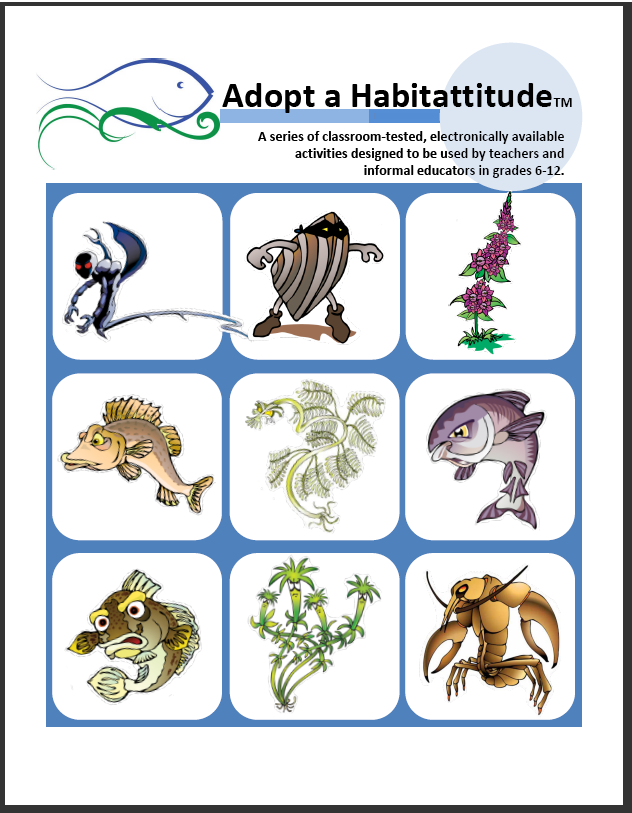
A series of classroom-tested, electronically available activities designed to be used by teachers and informal educators in grades 6-12.
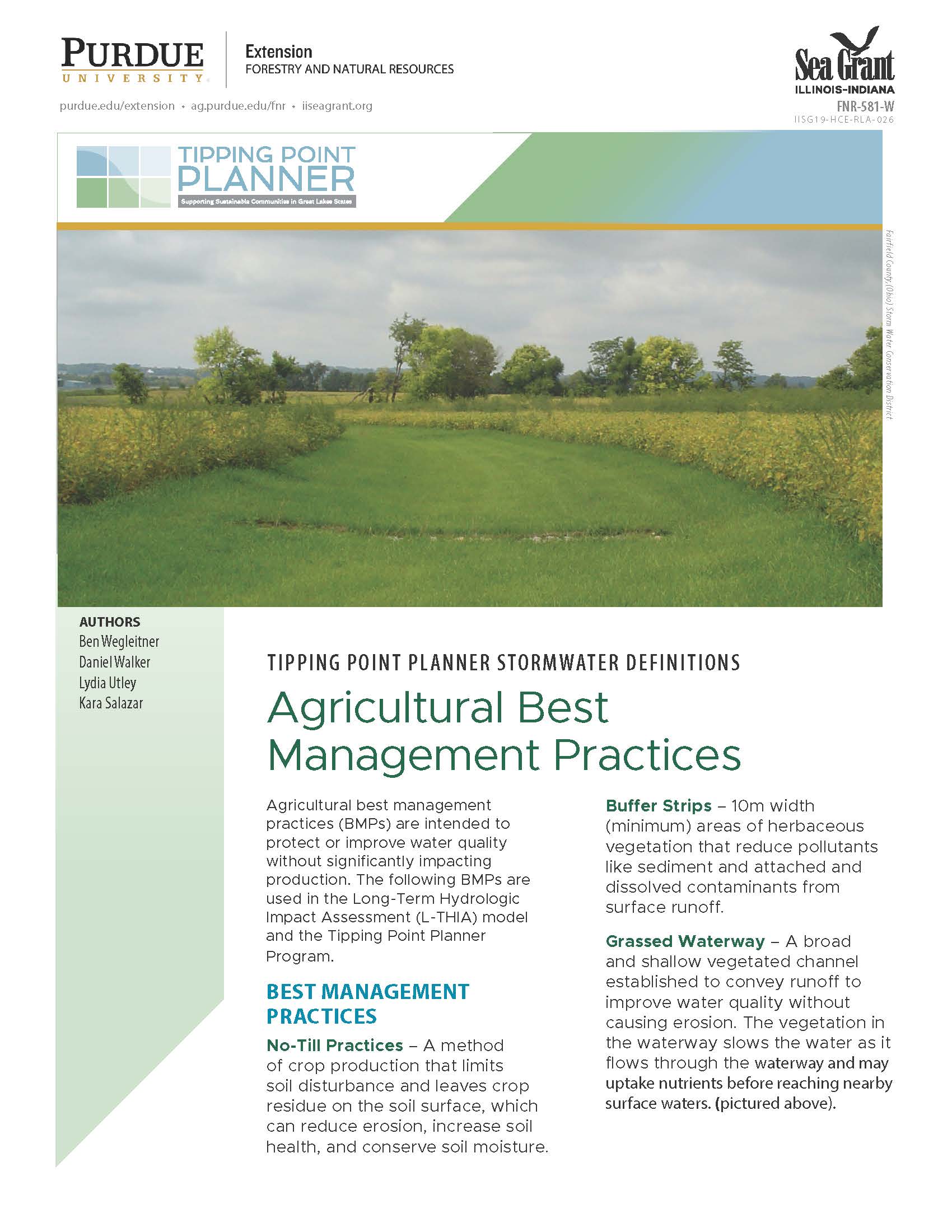
This publication discusses the benefits of several agricultural best management practices for protecting or improving water quality. These BMPs are used in the Long-Term Hydrologic Impact Assessment model in the Tipping Point Planner decision support system.
It is available through the Purdue Extension Education Store at https://edustore.purdue.edu/FNR-581-W.html.
Note: Some older Illinois-Indiana Sea Grant publications have not yet been restructured into ADA compliant formats. We are actively working on this. If you are having difficulty accessing a particular item in one of our databases, please contact iisg@purdue.edu with the name of the item and its URL for further assistance.